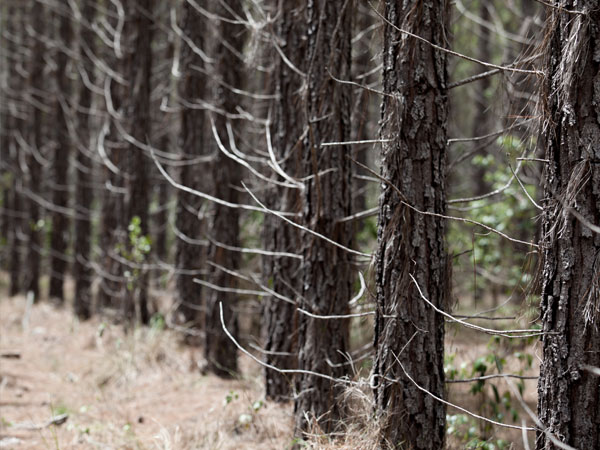Reforestation offers long-term soil carbon benefits
It has been demonstrated that soil carbon levels impacted through land use changes can be reversed through long-term reforestation.
The Soil carbon benefits through reforestation project, funded through the Filling the Research Gap Programme and conducted by the Queensland Department of Agriculture and Fisheries (QDAF), confirmed that soil carbon levels declined through land use changes from remnant native vegetation to pasture or cultivation.
Younger reforested areas were also shown to have similar soil carbon levels to pastures, but older plantations (at least 15 years) had increased soil carbon beyond the levels achieved with pastures.

Project leader, Dr Tim Smith, said, “Substantially more carbon is stored in above-ground biomass with tree plantings, compared with pasture or cultivated land uses. Therefore, reforestation is a viable option for maintaining or restoring soil carbon over the longer term and is an excellent management option for Australian agriculture, particularly in degraded land.”
The project determined soil and biomass carbon changes across hardwood, softwood, savanna and rainforest ecosystems in subtropical and tropical Australia.
The regions sampled included mixed species rainforest plantings in the wet tropics of North Queensland, spotted gum plantings in the Burnett and Scenic Rim regions of south-east Queensland, Pinus plantations in the south-east Queensland coastal lowlands, and African mahogany in the Douglas Daly region of the Northern Territory and in Kununurra, Western Australia.
“The project has allowed us to fill some large knowledge gaps related to soil carbon in tree-based systems in northern Australia,” Dr Smith said.
“It gives some confidence to policymakers, industry groups and farmers that planting trees can rebuild carbon stocks where they have previously been depleted.”
An economic analysis of the profitability of small scale, on farm forestry reforestation projects demonstrated that additional income through carbon credits or alternative sources, such as tourism as found in North Queensland, is required to provide viable returns for hardwood plantations and amenity plantings. High-value plantation species, such as African mahogany, were most likely to provide economic returns to the grower.
However, based on the current carbon prices and substantial costs, significant land use change to carbon forestry is thought to be unlikely.
“While the economic analysis showed borderline returns for growing hardwood species for the building industry, high-value species such as African mahogany certainly provide the opportunity for economic returns to the grower,” Dr Smith explained.
However, Dr Smith added that the benefits of reforestation extended beyond economic considerations.
“We need to look at the strategic incorporation of trees in the landscapes to benefit agriculture,” he said. “Rehabilitation of degraded land, windbreaks for crops, livestock shelterbelts, buffer zones for watercourses and wildlife corridors … all of these are measures that—rather than impeding agriculture—contribute to its long-term sustainability.”



